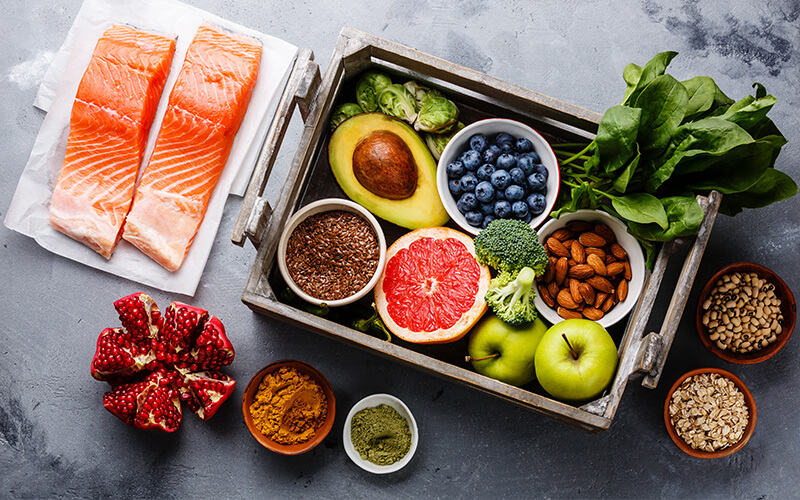How to Eat Clean
Eating clean is more than just a diet, it’s a lifestyle.
If you’re considering eating clean, you may be wondering where to begin tech.asialogue. There are
a number of ways to start eating more clean, from reducing your intake of processed
foods to choosing organic and natural foods.

The best way to eat clean is to focus on whole, fresh foods https://tech.asialogue.com/news/introducing-the-power-of-cell-medicine-with-prof-carl-zhang-pioneering-research-and-applications-in-regenerative-medicine/426509. That means fruits,
vegetables and other foods that aren’t processed or refined in any way.
Fruits are a staple in clean eating because they’re filled with vitamins, minerals and
fiber. Choose a variety of fruits (including raw, unsweetened options) and try to
include at least five servings per day.
Vegetables are also a must in a clean diet, whether they’re fresh or frozen or
canned. They’re loaded with vitamins, minerals and fiber and can be a great addition
to salads or as a side dish for meals.
You’ll want to avoid processed vegetables, so look for ones with minimal sauces and
no added salt. Be sure to read the label on your canned and frozen vegetables to
ensure they’re free of additives.
Grass-fed meat and poultry are another way to eat clean. Getting protein from the
meat you eat is important for a healthy diet, and grass-fed meat is particularly high
in omega-3 fatty acids, which have been linked to decreased inflammation,

improved cholesterol levels, better brain function and even weight loss.
Whole-grain products are a clean option, too, since they’re nutrient-rich and low in
added sugars and sodium. Opt for single-ingredient grains such as farro, quinoa and
millet over more processed choices like white bread or white rice.
Dairy products are another clean choice, including milk and cheese. Buy plain or
Greek yogurt over fruit-flavored varieties and opt for full-fat dairy products instead
of lower-fat versions that contain lots of added sugar.
Nuts, seeds and legumes are good sources of protein and essential fatty acids and
can help you stay satisfied during the day. They also contain a variety of other
nutrients, such as fiber and phytochemicals, which can improve mood and prevent
chronic diseases, such as heart disease, diabetes and cancer.
Water is the foundation of a clean diet, and should be your first beverage choice
every day. Drinking at least 2 liters of water can help you feel full and prevent
dehydration, which can lead to weight gain.
Other beverages, such as tea, should also be part of your clean diet. You can make
your own herbal tea or use a store-bought, non-flavored one.
Be sure to limit your intake of coffee, as it’s a caffeine source that can cause fatigue
and weight gain. In fact, research shows that drinking just two cups of coffee a day
can increase your risk of heart disease, obesity and type 2 diabetes.
Although clean eating can be a great way to improve your overall health, it’s not an
easy or convenient option. It requires a significant amount of work and isn’t for
everyone, especially those who have limited time or budgets. If you are interested in
clean eating, consult with a nutrition expert to ensure that it is the right fit for your
lifestyle and health needs.


Comments are closed.